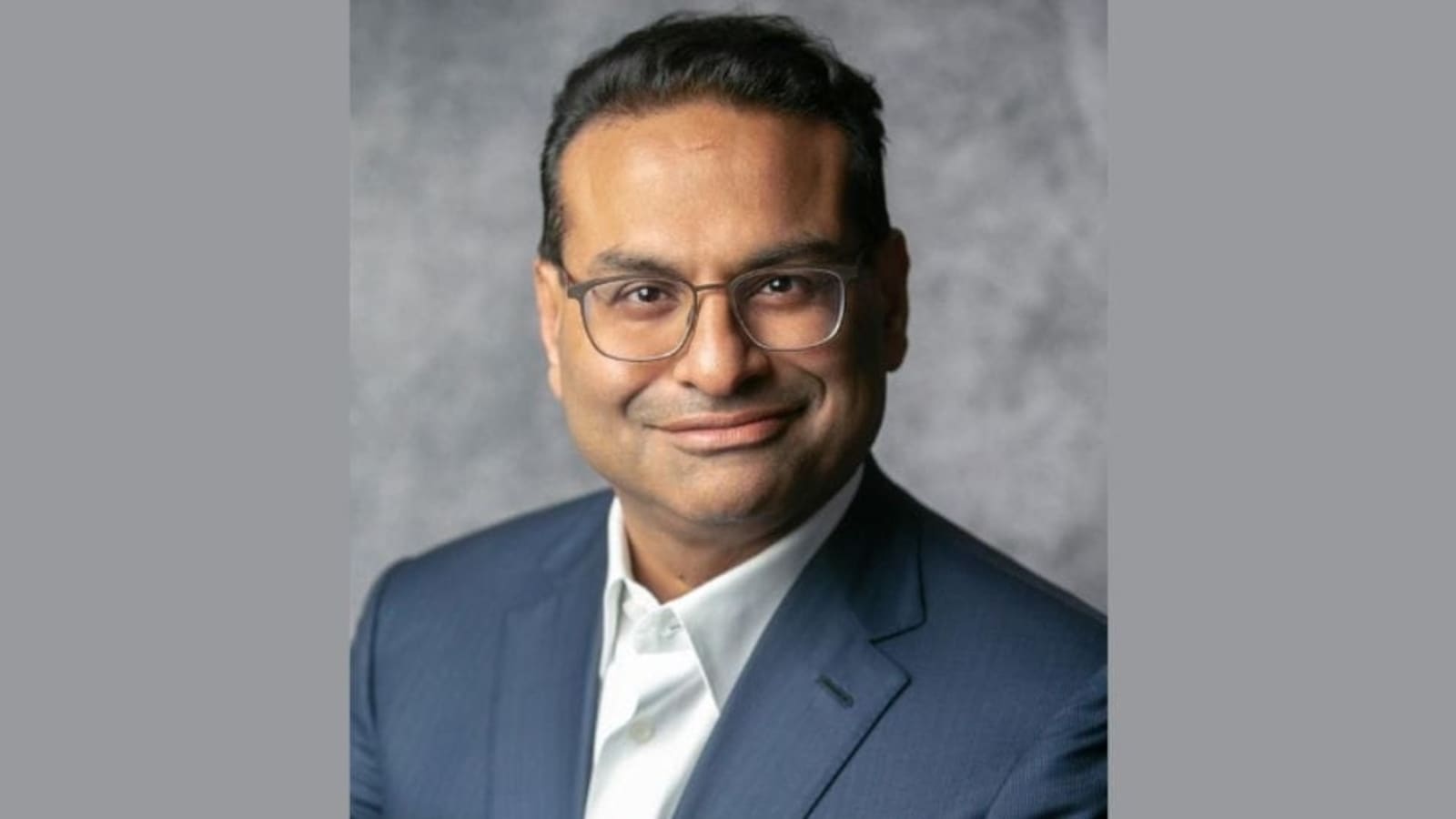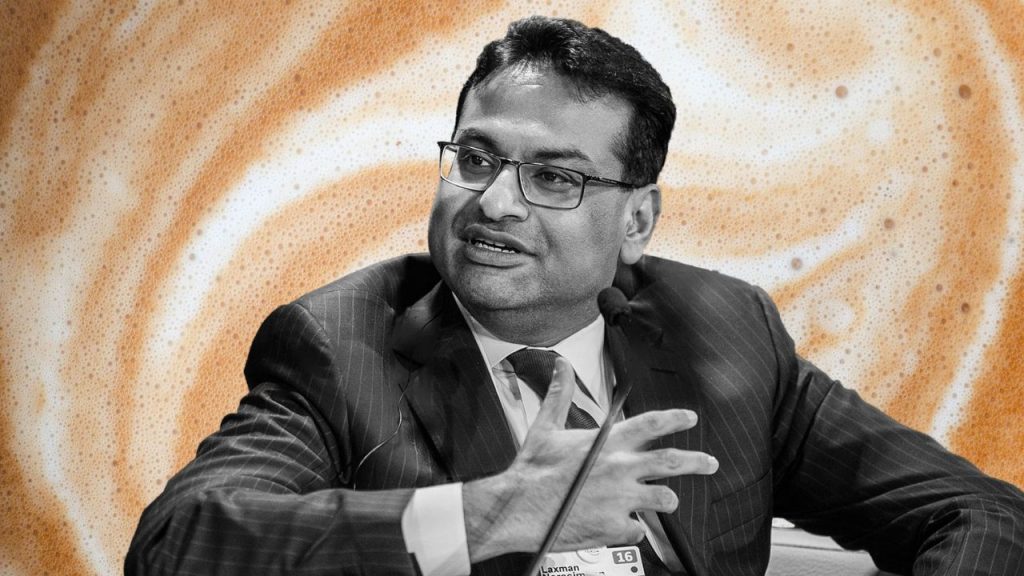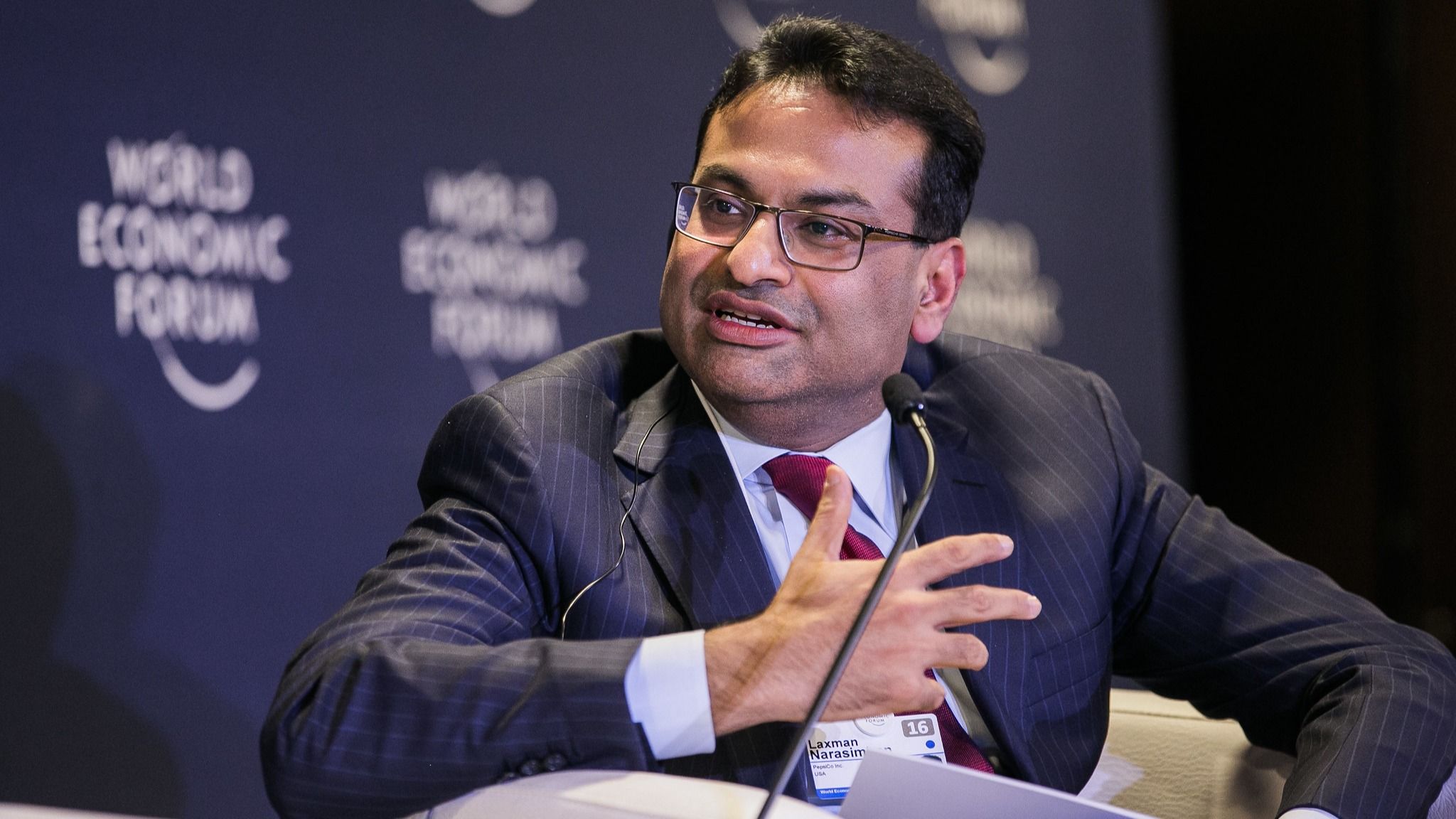Laxman Narasimhan’s Career Trajectory

Laxman Narasimhan’s career trajectory is a testament to his strategic acumen and adaptability, marked by a series of leadership roles across diverse industries, culminating in his appointment as CEO of Starbucks. His journey has been characterized by a focus on driving growth, innovation, and consumer-centricity, while navigating complex business challenges.
Experience in Diverse Industries
Narasimhan’s career began at PepsiCo, where he honed his skills in marketing, strategy, and global operations. He rose through the ranks, assuming various leadership positions in the Americas and Asia Pacific regions. His experience at PepsiCo provided him with a solid foundation in building brand loyalty, understanding consumer preferences, and managing large-scale operations.
“My time at PepsiCo was incredibly formative. I learned the importance of understanding consumer needs and building brands that resonate with them. I also gained valuable experience in managing complex global operations.” – Laxman Narasimhan
Following his tenure at PepsiCo, Narasimhan joined Reckitt Benckiser, a global consumer goods company, where he led the company’s global health and nutrition division. He spearheaded significant growth initiatives, including the acquisition of Mead Johnson Nutrition, a leading infant formula company. This experience further strengthened his understanding of the consumer goods industry, particularly in the healthcare and nutrition sectors.
Leadership Style and Approach
Narasimhan’s leadership style is characterized by a focus on data-driven decision-making, a collaborative approach, and a commitment to driving innovation. He believes in empowering his teams, fostering a culture of transparency and accountability, and creating a shared vision for success.
“I believe in leading with a clear vision and a collaborative approach. I want to empower my teams to think creatively and take ownership of their work.” – Laxman Narasimhan
His experience in diverse industries has instilled in him a strong understanding of global markets and the importance of adapting to changing consumer preferences. He is also known for his ability to identify and capitalize on growth opportunities, as evidenced by his success in expanding Reckitt Benckiser’s global footprint.
Challenges and Opportunities
Throughout his career, Narasimhan has faced numerous challenges and opportunities. At PepsiCo, he navigated the complexities of managing a global beverage and food company, ensuring brand consistency across diverse markets. At Reckitt Benckiser, he led the company through a period of significant growth and acquisition, integrating new businesses and driving operational efficiency.
In each role, he has demonstrated his ability to navigate complex situations, adapt to changing market dynamics, and drive positive results. His experience in leading global organizations, coupled with his strategic vision and collaborative leadership style, has positioned him well to lead Starbucks through its next chapter of growth.
Leadership Style and Management Philosophy: Laxman Narasimhan

Laxman Narasimhan’s leadership style is characterized by a focus on innovation, collaboration, and a deep understanding of the consumer. He has consistently demonstrated a commitment to building high-performing teams and fostering a culture of inclusivity and diversity.
Core Principles and Values, Laxman narasimhan
Laxman Narasimhan’s leadership style is guided by a set of core principles and values that emphasize the importance of strategic thinking, customer focus, and building a strong organizational culture.
- Customer-centricity: Narasimhan strongly believes in putting the customer at the heart of every decision. He emphasizes understanding consumer needs and delivering innovative solutions that meet those needs. This approach is evident in his leadership at both PepsiCo and Reckitt Benckiser, where he drove significant growth by focusing on product development and marketing strategies tailored to specific consumer segments.
- Innovation and Agility: Narasimhan recognizes the importance of innovation in a rapidly changing market. He encourages a culture of experimentation and risk-taking, fostering an environment where new ideas can flourish. This approach is reflected in his leadership at Reckitt Benckiser, where he spearheaded the development of new product categories and digital initiatives.
- Collaboration and Empowerment: Narasimhan believes in the power of collaboration and empowers his team members to take ownership of their work. He fosters an open and transparent communication style, encouraging feedback and participation from all levels of the organization. This approach is evident in his leadership at PepsiCo, where he implemented initiatives to promote diversity and inclusion, creating a more collaborative and inclusive workplace.
Comparison with Other Prominent CEOs
Narasimhan’s leadership style can be compared to other prominent CEOs in the consumer goods industry, such as:
- Alan Jope, CEO of Unilever: Both Jope and Narasimhan share a focus on sustainability and social responsibility, with a commitment to building brands that have a positive impact on the world. However, Jope’s leadership style is perhaps more cautious and risk-averse than Narasimhan’s, who is known for his willingness to take bold bets on new products and markets.
- James Quincey, CEO of Coca-Cola: Quincey, like Narasimhan, is known for his strong focus on digital transformation and innovation. However, Quincey’s leadership style is perhaps more focused on operational efficiency and cost-cutting, while Narasimhan is known for his commitment to investing in growth and new product development.
Impact on Company Culture and Employee Engagement
Narasimhan’s leadership style has had a positive impact on company culture and employee engagement. His emphasis on collaboration, diversity, and inclusion has created a more inclusive and supportive work environment. He has also implemented initiatives to promote employee development and career growth, leading to higher levels of employee satisfaction and engagement.
Impact on Starbucks

Laxman Narasimhan’s arrival at Starbucks has ushered in a new era for the coffee giant, marked by a renewed focus on operational efficiency, digital transformation, and customer experience. His leadership style, characterized by data-driven decision-making and a commitment to innovation, has already begun to shape the company’s trajectory.
Key Initiatives and Strategies
Narasimhan’s initial strategies have focused on streamlining operations, enhancing the customer experience, and driving digital growth. These initiatives include:
- Operational Efficiency: Narasimhan has emphasized cost optimization and streamlining operations, focusing on improving supply chain efficiency and reducing waste. This includes initiatives such as optimizing store layouts, simplifying menu offerings, and leveraging technology to automate tasks.
- Customer Experience: Recognizing the importance of customer satisfaction, Narasimhan has implemented measures to enhance the in-store experience, including personalized recommendations, faster service, and improved store ambiance.
- Digital Transformation: Narasimhan has prioritized digital innovation, focusing on enhancing the Starbucks app and expanding its mobile ordering and delivery capabilities. He also aims to leverage data analytics to personalize customer interactions and tailor offerings to individual preferences.
Potential Impact on Starbucks’ Long-Term Growth and Profitability
Narasimhan’s initiatives have the potential to significantly impact Starbucks’ long-term growth and profitability.
- Increased Efficiency and Cost Savings: By streamlining operations and reducing waste, Narasimhan’s initiatives can lead to increased efficiency and cost savings, boosting profitability.
- Enhanced Customer Loyalty and Satisfaction: Improving the customer experience through personalized recommendations, faster service, and a more welcoming environment can enhance customer loyalty and satisfaction, leading to increased repeat business.
- Digital Growth and Innovation: By leveraging digital technology to enhance customer interactions and expand mobile ordering and delivery capabilities, Starbucks can tap into new customer segments and drive digital growth, contributing to long-term profitability.
Challenges and Opportunities
Narasimhan faces a number of challenges and opportunities in his quest to lead Starbucks to continued success.
| Challenges | Opportunities |
|---|---|
| Maintaining Operational Efficiency: Balancing cost optimization with maintaining the quality and consistency of the Starbucks experience can be a delicate challenge. | Expanding Global Presence: Starbucks has significant growth potential in emerging markets, where its brand recognition and strong coffee culture can resonate with consumers. |
| Addressing Labor Shortages: The tight labor market presents a challenge for attracting and retaining qualified employees, particularly in the face of rising labor costs. | Innovation in Product Offerings: Expanding beyond traditional coffee offerings with innovative beverages, food items, and merchandise can appeal to a wider customer base. |
| Maintaining Brand Consistency: As Starbucks expands its global presence, ensuring consistent quality and brand experience across different markets can be challenging. | Sustainability Initiatives: Emphasizing environmental sustainability and ethical sourcing practices can resonate with environmentally conscious consumers and contribute to brand image. |
Laxman Narasimhan, the new CEO of Starbucks, has a big job ahead of him. He’s got to keep the coffee flowing and the profits rolling in, which means keeping a close eye on the sbux stock. With his background in consumer goods and his focus on digital innovation, he’s well-positioned to navigate the changing landscape of the coffee industry.
It’ll be interesting to see how he leads Starbucks into the future.
Laxman Narasimhan, the new CEO of Starbucks, is taking the reins after a period of change and growth under his predecessor, starbucks ceo brian niccol. Narasimhan’s background in consumer goods and his experience with global brands will be key as he navigates the challenges and opportunities ahead for the coffee giant.